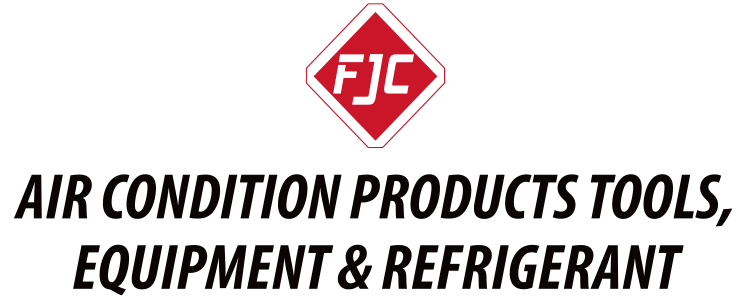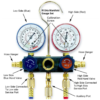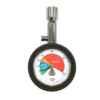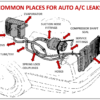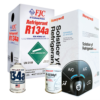Find & Repair Automotive A/C Leaks
One of the most common problems causing a mobile A/C to blow warm, especially after a long winter or period of non-use, is a refrigerant leak. While it can be a DIY repair, diagnosing and fixing an automotive A/C system that is not blowing cold air takes a multi-faceted approach.
Begin with a visual inspection. Refrigerant escapes the system as a colorless and odorless gas, so it is not visually detectable on its own. However, since the refrigerant contains oil (which is necessary to lubricate the compressor) the presence of oil or an oily residue is often a good indicator of a leak in your system. Begin by looking for any dirty or sticky areas on the A/C line or fittings and at all the areas listed in the graphic below.

If your visual inspection yields no results, you may still have a leak, albeit a smaller one. Smaller, invisible leaks are a much more common occurrence which allows refrigerant to slowly escape over a longer period of time.
Use a Leak Detection Kit. To determine whether a small leak is the culprit for your under-functioning A/C system, try one of FJC’s UV Leak Detection Kits: Part #4972 for R-12/R-134a or Part # 4974 for R-1234yf. These kits contain everything you need to perform leak detection, including fluorescent dye and a dye injector. After pushing the dye into the lines, use the included UV Safety goggles and UV light to look for traces of the dye. Another leak detection option is our new Part # 5109 Nitrogen/Hydrogen Leak Detection System, which detects leak electronically.
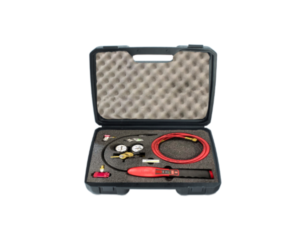
Seal the Leak. If you do have a minor leak, consider FJC’s Part #9165, Kwik Seal Stop Leak, which will create a permanent seal in all metal and rubber components without damaging recovery/recycle equipment. This product is for use in R-134a systems only, and is not for use in hybrid vehicles.
Bring it to the Shop. If you don’t see improvement after following these recommendations, you should bring your vehicle to a professional A/C tech for diagnosis/repair.
LMK 2021

